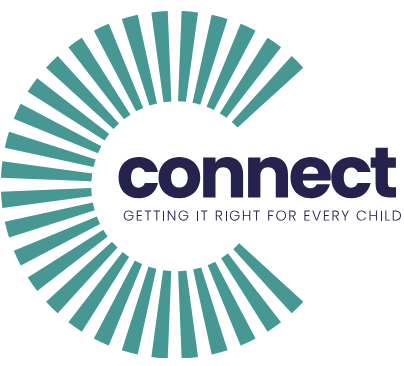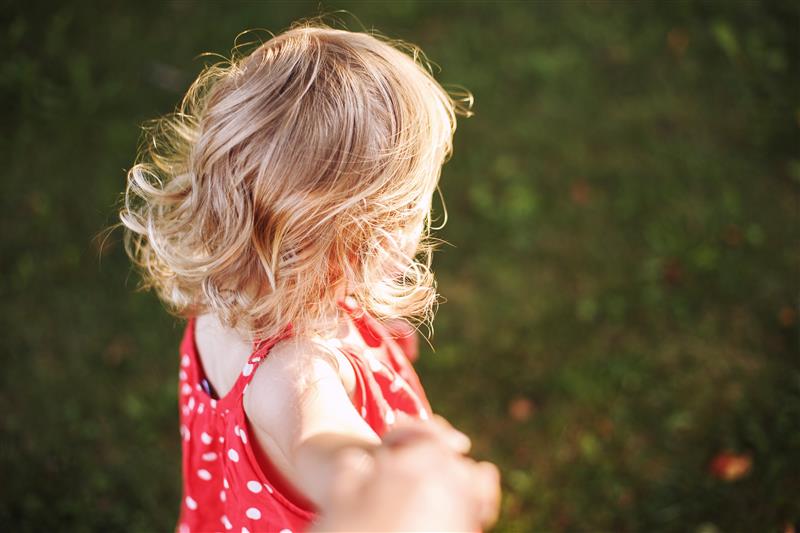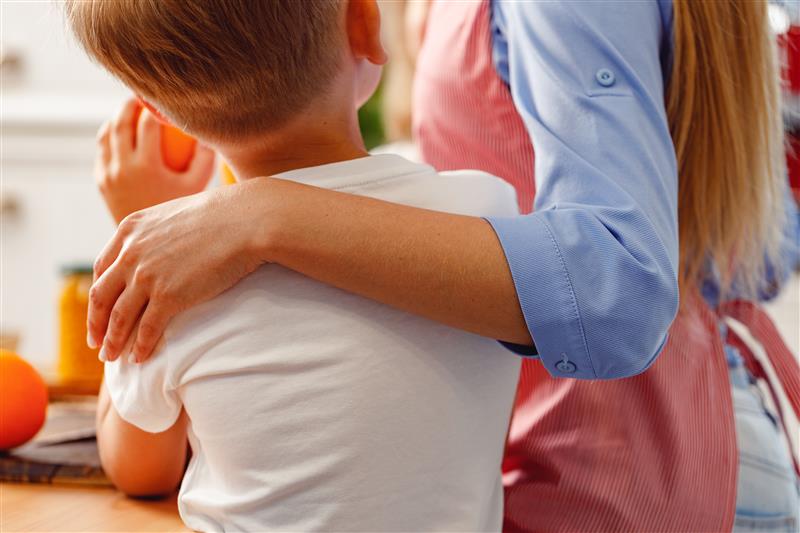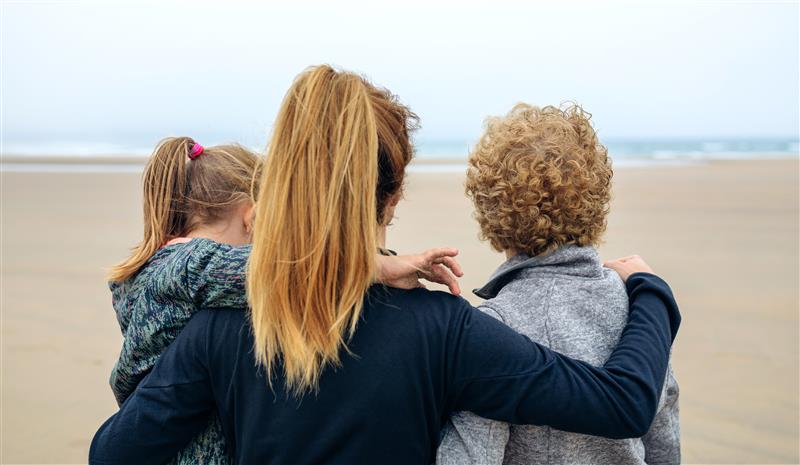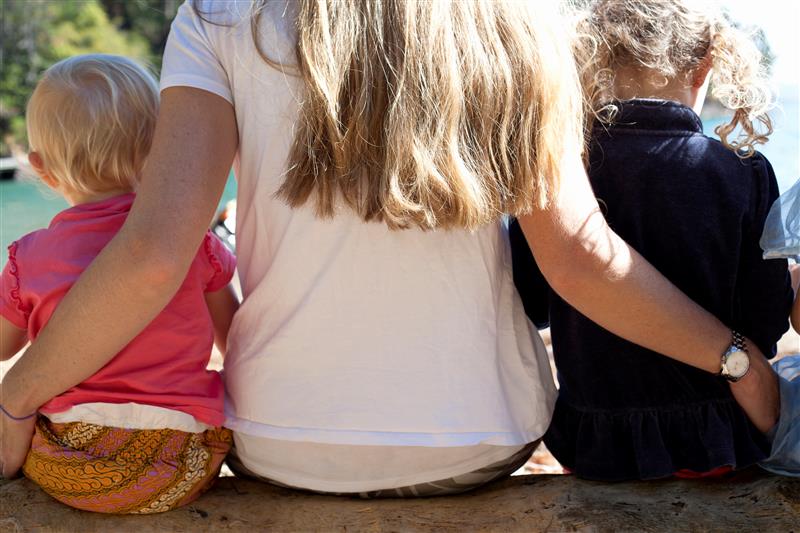The ‘Active’ element of the SHANARRI wellbeing indicators within the Getting It Right for Every Child (GIRFEC) framework highlights the importance of physical activity and play in a child’s development. Staying active isn’t just about physical fitness—it’s about building confidence, social skills, and a love for life.
What Does Being ‘Active’ Mean?
Being active involves regular physical activity, from sports and games to walking, cycling, or even outdoor play. It also includes having opportunities to explore hobbies and interests that get children moving and engaged.
Why Activity Matters
Physical activity is essential for:
- Maintaining good physical health
- Reducing stress and improving mental health
- Building social connections and teamwork skills
- Supporting academic performance through improved focus and energy levels
Staying active helps children develop resilience, self-esteem, and a positive outlook on life, forming habits that last well into adulthood.
How GIRFEC Promotes Activity
- Providing Opportunities: GIRFEC encourages schools, communities, and families to create opportunities for children to participate in sports and physical activities.
- Removing Barriers: The framework aims to identify and address barriers—such as financial constraints or lack of access—that prevent children from being active.
- Celebrating Diversity: Activity doesn’t have to mean formal sports. GIRFEC promotes a broad range of activities, ensuring every child can find something they enjoy.
By focusing on the ‘Active’ indicator, GIRFEC ensures that children have the chance to develop healthy habits while having fun and staying connected with others.
